How to store red caviar in a plastic jar?
Red caviar is a healthy and nutritious product. Usually they buy it for future use for the New Year holidays and it is not always possible to eat this abundance. Then you have to study preservation options, as well as select containers.
The content of the article
Features of storing red caviar in a plastic jar
PVC containers - the cheapest and safest option for carefully retaining the properties of red caviar. These jars sell both the delicacy packaged in production conditions and the product in bulk.
Before purchasing, be sure to study the terms indicated on the jar by the manufacturer.
Check quality before freezing or long-term storage. It should have black dots on each fragment (future fry), approximately the same size, not stick together, not spread, and burst when pressed.
It is important to understand that high-quality caviar will not be cheap. A kilogram of a good product costs from one and a half thousand rubles.
Shelf life in the refrigerator
In stores and industrial warehouses, the delicacy is packaged in factory jars and stored at a certain temperature in refrigerators. The period depends on the quality of preparation of the filling and container.
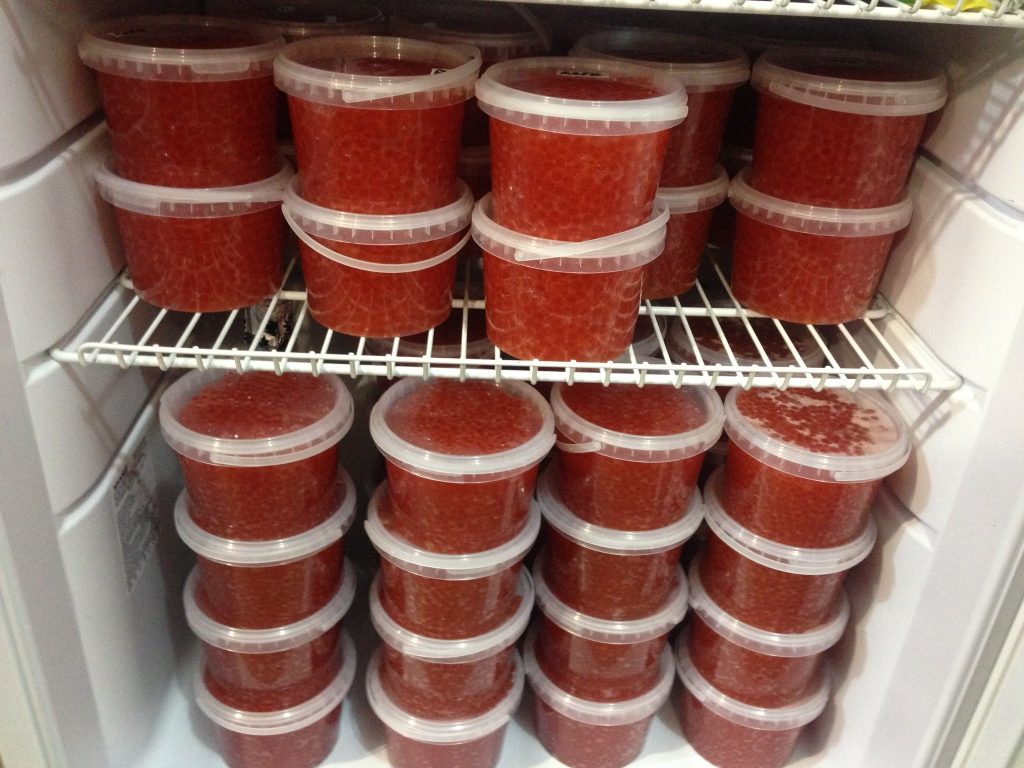
To preserve caviar for 4 months, the container is washed well, dried, and lubricated with oil or a concentrated solution of table salt. Then pour out the product and cover the top with food paper soaked in oil.Next, seal it with a lid, the main thing is that it fits tightly and does not let air through.
A plastic container with a broken seal is good for 3 to 5 days.
Shelf life in the freezer
Contrary to claims that caviar cannot be frozen and becomes unfit for consumption after being stored in the freezer, this is not the case. If you properly prepare the product and carry out the “express” procedure, the delicacy will be rich in vitamins and will also retain its structure and consistency.
When preparing, it is important to consider several factors:
- containers must be washed and dried, and also oiled, as in the previous storage option;
- the caviar is pre-washed and dried with paper towels, removing excess moisture;
- Divide the volume into portions that are enough for one dose.
Re-freezing the product is not possible!
The period of stay of containers in the zone of increased cold is no more than 12 months. It is recommended to defrost it in the refrigerator until it is completely frozen. In the microwave, under running water, or just on the table, it can lose its beneficial properties.
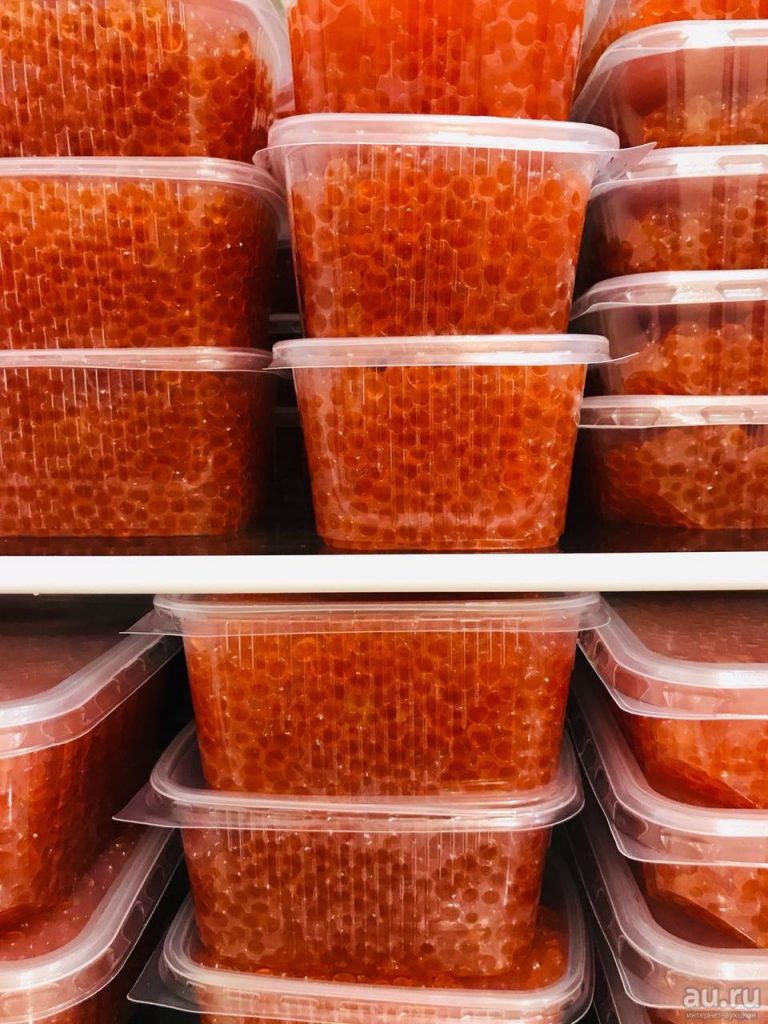
At room temperature
It is not recommended to eat a product that has stood on the table at normal temperature for more than a day. It can become dangerous to health. This is especially true for opened containers, where the process of oxidation and proliferation of harmful bacteria has begun.
Thus, storing caviar in plastic containers is possible and even often recommended. Suppliers who sell the product by weight transport caviar in large plastic containers, which are tightly sealed with airtight lids. It is important that temperature conditions are observed during transportation.



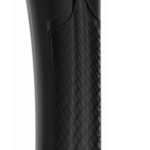
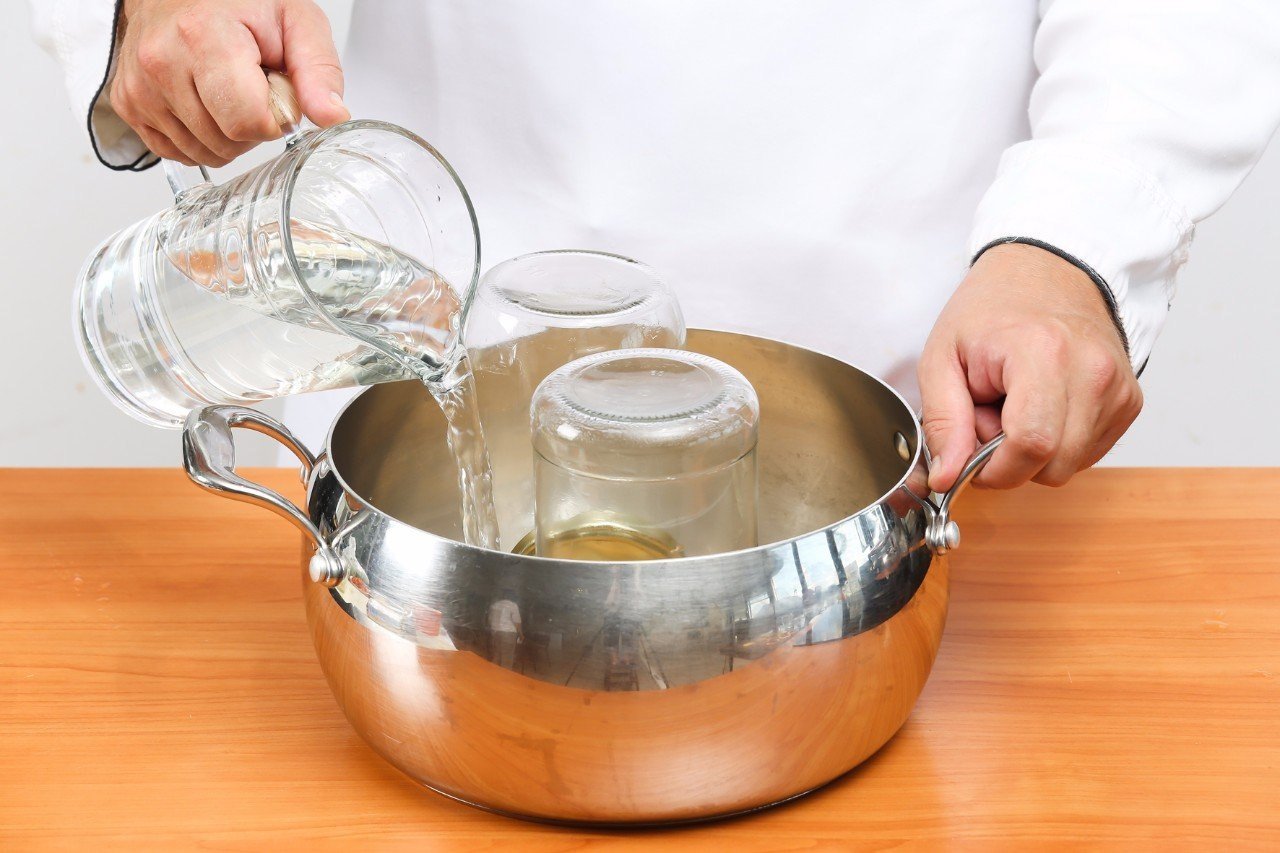
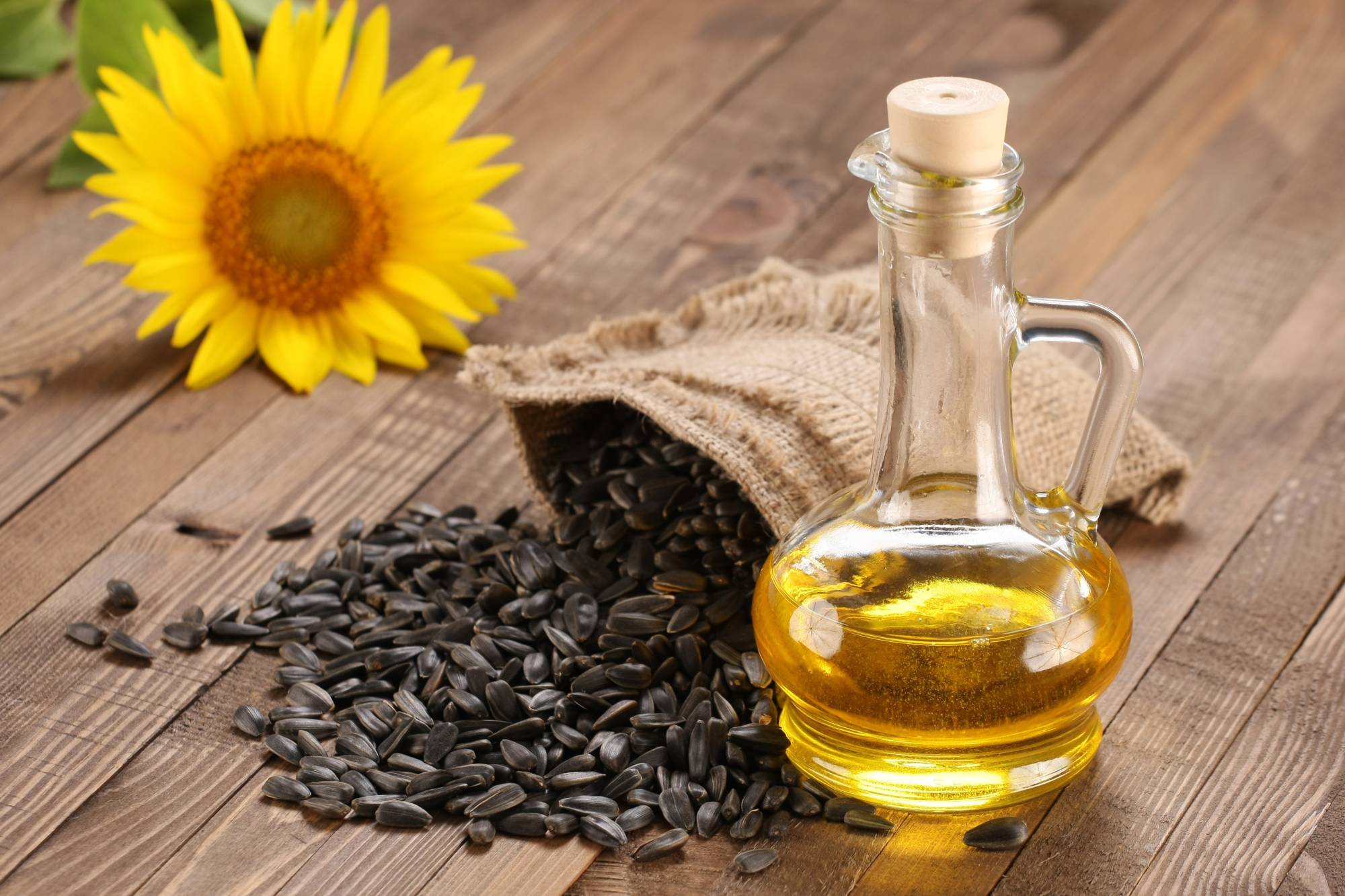
That's all true, but differentiate between PVC, PP and PE - they're all different.
PVC is not suitable for storing food.
For food and storage, I prefer PP. See markings on the bottom. PP - polypropylene.
PolyVinyl Chloride - wire insulation, etc.
Polypropylene is a polymer with a melting temperature of approximately 110-130 degrees, depending on the grade and degree of polymerization. Harder and heat resistant than polyethylene. Theoretically, it is harmless even with hot dishes.
Polyethylene is a relative of polypropylene, but softer and the melting temperature is approximately 80-90 degrees Celsius. It is not suitable for hot dishes, but is less fragile when subjected to strong cooling than polypropylene.